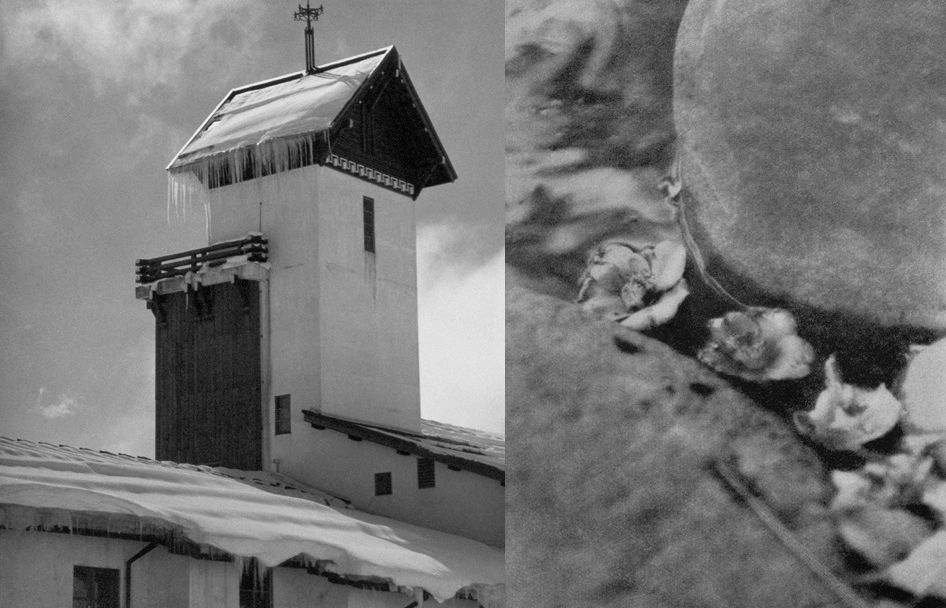Shinzo Fukuhara's dreamy, sentimental photography is something of a sidebar in the history of photography. As the inheritor of the Shiseido Corporation, Fukuhara (1883-1948) was a notable society figure, and he was also a well-known driver of the photography scene in Tokyo in the 1920s and '30s. However, as a photographic artist, he does not have much name recognition outside of Japan.
This may change, as the history of art continues to be less Euro- and U.S.-centered and Asian art gets to tell its story more widely, but it has to be said that the gentleman amateur's work will probably never be considered "great." His photographs of urban and rural landscapes are too neat and genteel. However, Fukuhara did contribute in other significant ways to the development of photography in Japan; overseeing a photography circle, producing a magazine, founding the Shiseido Gallery and writing on the aesthetics of photography and the relationship between life, art and beauty.
His gallery's centenary exhibition "Going Beyond and Participating in Beauty: Shinzo Fukuhara's Aesthetics," curated by Kenichiro Ito, picks up on the variegated nature of Fukuhara's legacy. Rather than just pulling out some vintage photography from the archives, the exhibition is a provocative collaboration with the British multidisciplinary collective Assemble and the Tokyo-based The Eugene Studio, founded by U.S.-born Japanese Eugene Kangawa, and it aims to follow Fukuhara's philosophy of thinking about beauty as something to aspire to beyond just the creation of art objects.



















With your current subscription plan you can comment on stories. However, before writing your first comment, please create a display name in the Profile section of your subscriber account page.